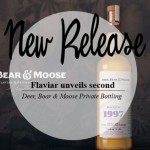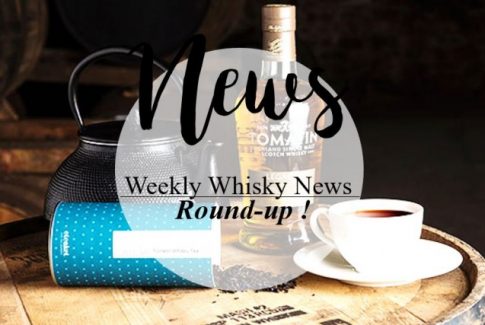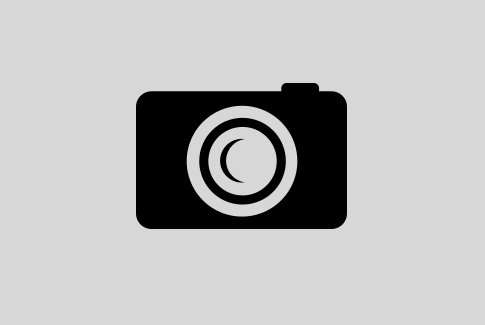
If France is traditionally associated with wine and Anglo-Saxon countries with whisky, consumption behavior tends to prove the contrary. Indeed, the United States is the largest consumer of wine in the world and France the first market of Scotch whisky in the world!
In fact, the whisky market continues its growth to achieve a turnover of several billion euros and has been strengthening its leading position in the spirits French market.
And as the number of distilleries keeps expanding, France always stand at the top of those new entrants’ key export markets. Mathieu Deslandes, Marketing Manager at Pernod Ricard, the second largest spirits firm in the world (which also happen to be French \o/) agreed to answer my questions regarding the current state of the French whisky market.

Have you witnessed any noticeable change in French whisky consumers’ profiles those past few years?
Globally, the whisky market has been stable in volume over the past few years but some changes have occurred with the strong development of the bourbon category.
The market has been very dynamic in terms of innovation as well:
–> with flavoured whisky (Ballantine’s Brasil, flavoured with lime coming from Brazil), recruiting a new generation of whisky drinkers, with a more accessible taste, a sweeter taste. Flavoured whisky opens opportunity in terms of drink strategy moving away from the whisky and coke to Ballantine’s Brasil revising the caipirinha, and opens opportunity in terms of consumers profile, with a more female audience.
–> New unconventional malt whiskies, blended malts (not a single malt) without age statement.
–> Dynamic in terms of new frontiers with the expansion of the Japanese whisky on the super-premium segment.

Many whisky producers see the French market as an eldorado, how would you explain this?
Whisky is the No.1 spirit category in France, accounting for nearly 30% of the volume. It is a well valued market. There is a long history of success, dated back from the end of the 2nd World War. Since then, the category has represented the baby boomer generation, and the category has managed to create value as the initial generation was getting older and was looking for more sophistication. The malt category has proposed a more sophisticated, crafted and unique opportunity for these consumers looking to stand out from the crowd to show their whisky knowledge.
Aberlour is now the leading brand in this category, with an authentic aged proposition. Irish whisky has brought diversity as well bringing smoother taste thanks to triple distillation, Jameson being the leading brand in the category.
To some extent, whisky has some similarity with wine, ageing being at the heart of the maturation process, the spirit being transformed by the time in the barrels. France which has a strong wine culture, for which age is key as well, was probably very receptive to the ageing process.

Do you think establishing a new whisky brand on the French market has become more of a challenge those days?
On the core brands, it is obvious that the leading premium brands (Aberlour for malts, Chivas for Blended >12 and Ballantines and Clan Campbell for Blended Non Age, Jameson for Irish) are strengthening their position, the leaders are getting stronger. Therefore it is extremely difficult to come on the market to compete with a new brand.
Having said that, some newcomers in unconventional malt whisky or Japanese whisky have managed to succeed thanks to a unconventional approach in the premium segment. Succeeding requires even more differentiation and bringing added value.

Would you say French consumers have become more technical, educated and therefore more demanding when it comes to their spirits?
Certainly a paradox, a large number of whisky consumers aspire to be in the know, very few are experts. The segmentation of the market by origin, age, process, ingredients demonstrate the sophistication of the market.

Pernod Ricard‘s brands own a huge place in French whisky consumers’ habits: how do you adapt to such an ever-changing market?
Ballantine’s is a good example of how we adapt. France is the No.1 market for the brand, Ballantine’s is now the No.4 of all spirit brands in turnover in the off trade. The brand has a solid foundation amongst historical consumers, but through a packaging revamp of the range with a new chevron identity and 2 innovations: Ballantine’s Brasil launched in 2014 (and a brew drink strategy mixing with lemonade) and Ballantine’s Hard Fired which just launched in 2016, the brand has managed to recruit a new generation of consumers.
The brand, through designer collaborations on its premium proposition Ballantine’s 12 years old, has always managed to maintain a momentum in terms of modernity and creativity. Finally, what matters the most, Sandy Hyslop, the master blender, has been a master in delivering a whisky of extreme quality, .She isonly the fifth Master blender in the whisky’s 190 year history. There is a need to find a balance between being protecting the long heritage / history of the making of a fine spirit, and adapting to the new codes in terms of drink strategy, outlet profile and product innovation.





